Ürgüp's Local Wine Houses with a long tradition!
- Category: Central Anatolia
- Hits: 11511
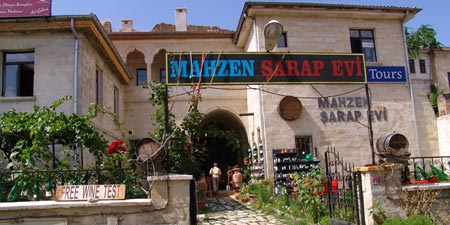
We saw very interesting wine house in the centre of Ürgüp whose garden wall was entwisted with many wine bottles. Entry of the house was also attractive.
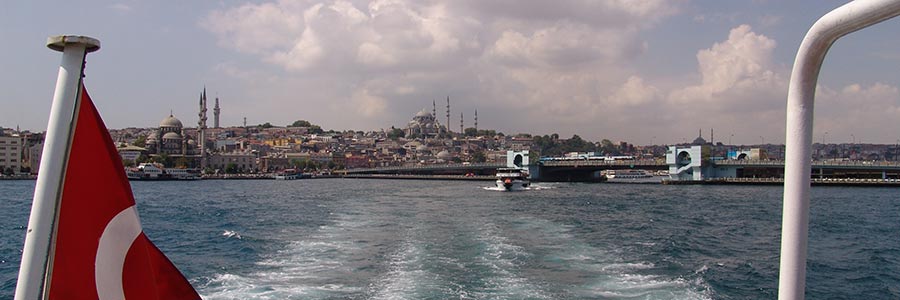
Since the founding of the republic in 1923 as the successor state to the Ottoman Empire, Turkey has been secular and Kemalist in orientation. The country's founder, Mustafa Kemal Atatürk, initiated a modernization of Turkey through social and legal reforms modelled on various European nation states.
The current President Recep Tayyip Erdoğan has been at the helm of the country since 2003. Since around 2012, he has led the country in an increasingly authoritarian manner. Freedom of expression and freedom of the press in particular are considered to be severely restricted. The currency and debt crisis triggered by its economic policies as well as high inflation have continued since 2018, which makes Turkey quite attractive from a tourist perspective.
The culture of today's Turkey is a fusion of the ancient Turkish nomadic culture of Central Asia and Siberia, the Greco-Roman era, the culture in the Ottoman Empire with its Byzantine, Persian, Arabic, Caucasian, Armenian and Kurdish influences, as well as the strong European direction since the founding of the Republic Ataturk. The cultural centre of the country is the metropolis of Istanbul.
With the political changes, the content of Turkish literature also changed. Early representatives include Fakir Baykurt, Sabahattin Ali, Sait Faik Abasıyanık and Yaşar Kemal, who put ordinary people at the centre of their work. With the turn to describing living conditions, social and political criticism of the state is inevitable. The state reacts with censorship and political violence. Authors like Nâzım Hikmet, Yaşar Kemal and Aziz Nesin spend many years in Turkish prisons because of the persecution of their publications. Kemal therefore referred to the prison as a “school of Turkish literature”.
Turkish cuisine has also influenced Greek and the rest of the Balkan cuisine - including etymology. For example, tzaziki comes from the Turkish cacık, and Ćevapčići comes from kabapcik. Yogurt also comes from Turkish Yoğurt. Doner kebab is made from beef, veal or poultry. In Turkey, but also in other countries, the kebab is also served on a plate.

We saw very interesting wine house in the centre of Ürgüp whose garden wall was entwisted with many wine bottles. Entry of the house was also attractive.
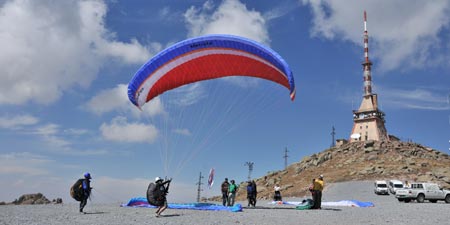
On a Tuesday morning in the hot September season of Alanya, we took off to witness a few days of the internationally participated (Pal Takats, world champion in acrobatics, Mads Sydergaard, editor of Cross Country magazine, Olivier Laugero, world renown xcmag.com photographer, Fredegar Tommek, Fabrice Sibille) great sports event of paragliding shows in its first leg at Karaman.
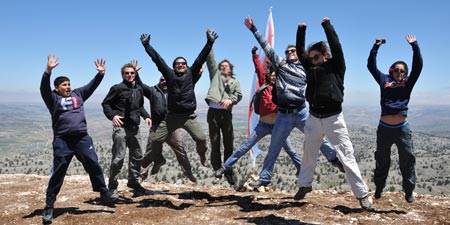
As would be expected from a smooth running operation, the organizer of XC paragliding competition and our team took to the roads once more to observe preparations towards this year’s The World Air Sports Federation FAI approved XC World Series Paragliding events to take place at Karaman, and to visit the town of Mut, surrounds of which is mostly unknown to us as yet.
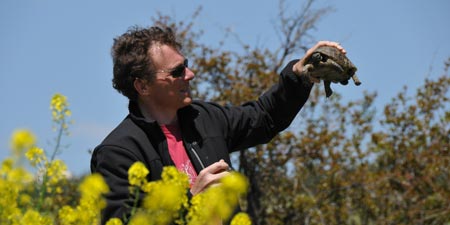
It was not a coincidence when I could beat Turkish Record with about 262 Kilometers in June 2010. Indeed, I fly since 20 years and my years of experience was a big part of this success.
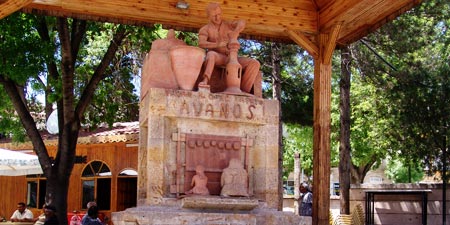
First of all, we stopped by Avanos, which is Cappadocia’s handicrafts and pottery center, for lunch. This is an underground rock restaurant. Although when I looked from the outside I did not like it, dining hall of the restaurant was authentic and attractive. The residences that carved by damp-proof white rock are common in this region.
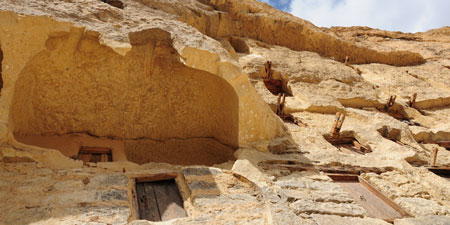
We are on the road from Karaman to Eregli on country road 350 as we turn to the right to direction Taşkale, a lovely nice little village in picturesque valley which belongs to Karaman about 40 kilometres away from the city.
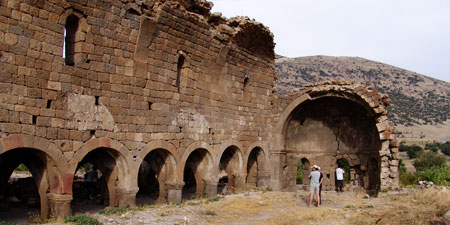
We left Karaman in direction to Kilbasan on an asphalted country road leading to Karapinar. At Dinek we turned to the left, just after passing the massive 2.288 metres high former volcano Karadag, again on a metalled but smaller road, in direction to Madensehir just 30 kilometres to the north of Karaman.
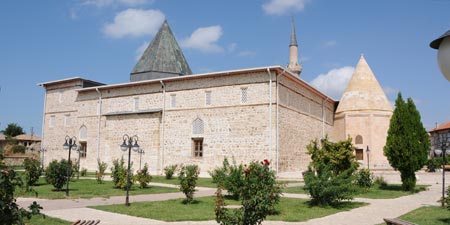
Beyşehir is a large town and district of Konya Province in the Central Anatolia region of Turkey. The town is located on the south eastern shore of Lake Beyşehir and is marked to the west and the southwest by the steep lines and forests of the Taurus Mountains, while a fertile plain, an extension of the lake area, extends in the south eastern direction.
by the steep lines and forests of the Taurus Mountains, while a fertile plain, an extension of the lake area, extends in the south eastern direction.
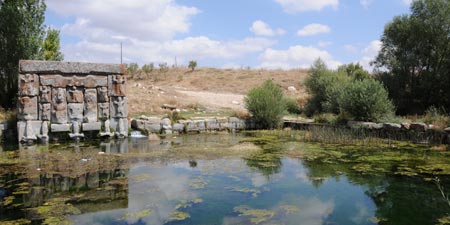
Really wonderful landscapes when passing through the Taurus Mountains
During the main season or on a Turkish public holiday, when all the resorts are bursting at the seams, the lakes of Beysehir, Egridir and Burdur, lying just behind the mountain range, offer quietness and relaxation.
lying just behind the mountain range, offer quietness and relaxation.
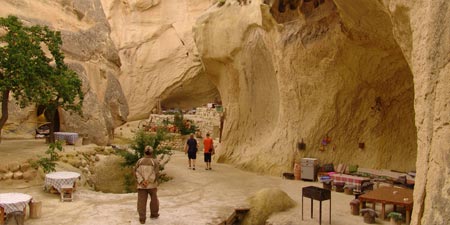
We decided to continue our journey. Balta’nın Yeri (Saklı Vadi), which is located near Mustafapaşa district (its old Greek name is Sinassos), waited for us. As we continued our journey with a car, it didn’t take long for us to realize why this place is called hidden valley.

The city of Kayseri, the Roman Caesarea, extends at the foot of the Erciyes Mountains (3,916 meters), an extinct volcano and well-known winter sports centre with good hotels and slopes.
Madrasa comes from ancient Latin and, directly translated, means 'place of education', ie. a school or training centre for skills. Used in this way, it means higher education in the Islamic religion.

Esenboğa International Airport (IATA: ESB, ICAO: LTAC) Turkish: Ankara Esenboğa Havalimanı, is an airport in Ankara, the capital city of Turkey. It has been operating since 1955. The name of the airport comes from the village of Esenboğa, which literally means "healthy bull".
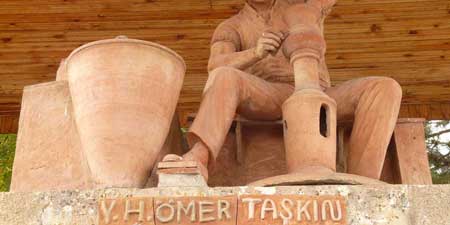
The bizarre Avanos Hair Museum: a small cave containing hair samples, names and addresses of more than 16,000 women from all around the world. It was founded by Chez Galip, a talented potter from Avanos, a town famous for its pottery.
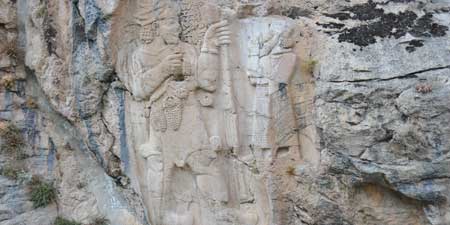
Near the village of Bogazkale, around 150 kilometres east of Ankara, you can visit the remains of Hattusa, the former capital of the Hittite empire, which was the ruling force in the 2nd millennium BC all over Anatolia and the northern part of today's Syria.
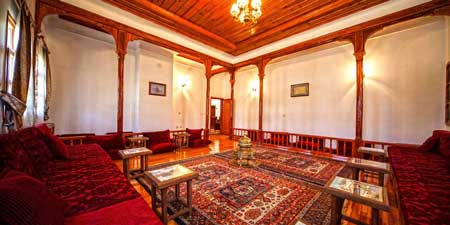
Sivas is a town in Central Anatolia, about 250 kilometres east of Ankara in the province of the same name. It's old Greek name was Sebasteia. The number of inhabitants was 278.000 in 1997.
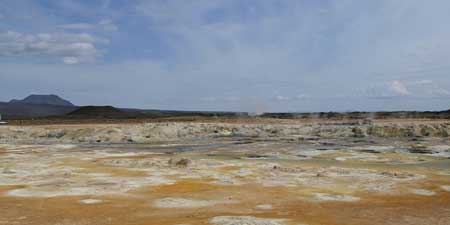
We wanted to cover the few kilometres to Yozgat during this time tour through Central Anatolia to Konya and Kirikkale, because according to our information there are also very attractive landscapes and cultural-historical backgrounds that also go back to the Hittites.
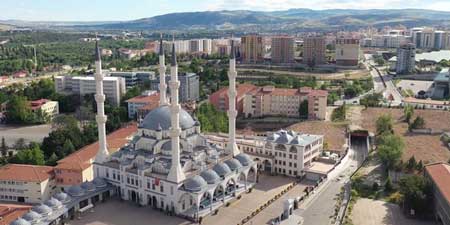
About 80 kilometers east of the gates of the Turkish capital Ankara is the city of Kırıkkale, which is also the capital of the Turkish province of Kırıkkale and accordingly has its own vehicle number 71 at the beginning of the identification of the license plates.
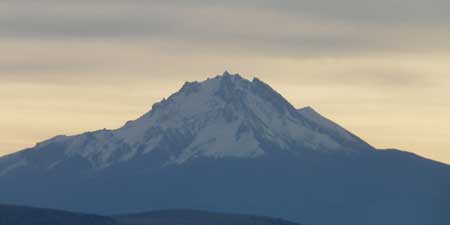
The 3,268 meter high, inactive volcano Hasan Dağı, which is one of the three most important "contributors" to shaping the landscape and the tuff rock formations of the Cappadocia region, is visible from afar.
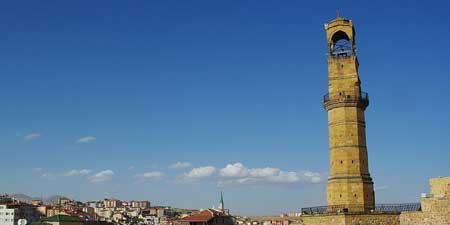
Whenever you travel to the Cappadocia region, you shouldn't just pass by Niğde, so strong is the progress in the city and so strong are the changes in the entire region.